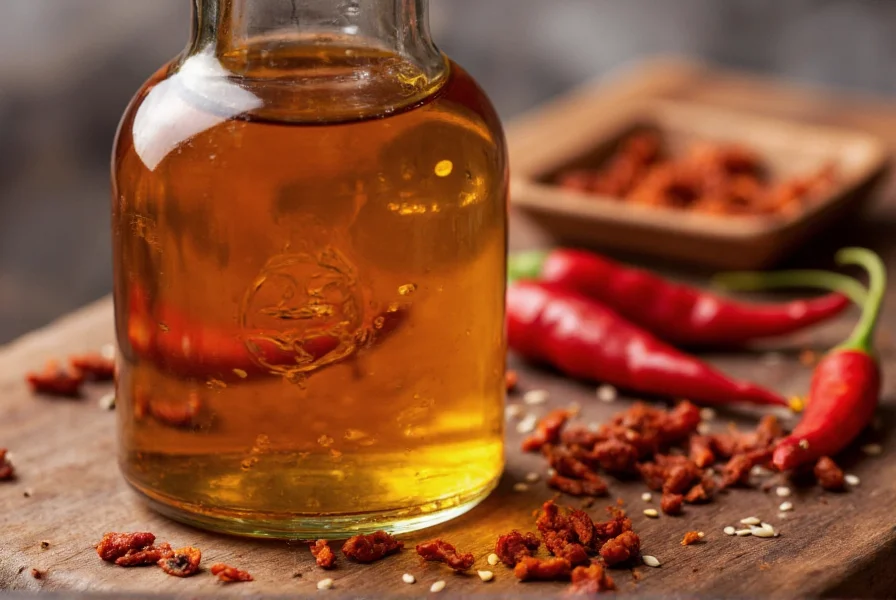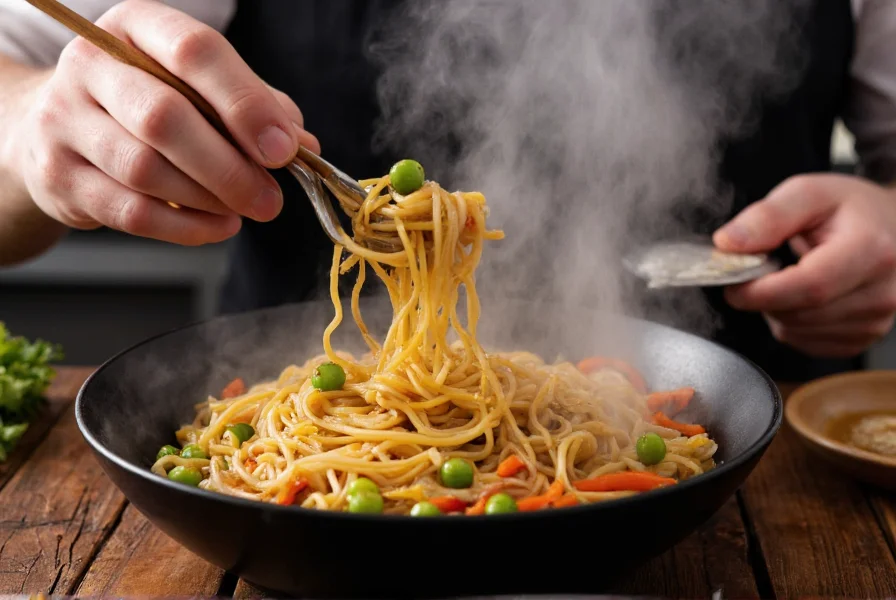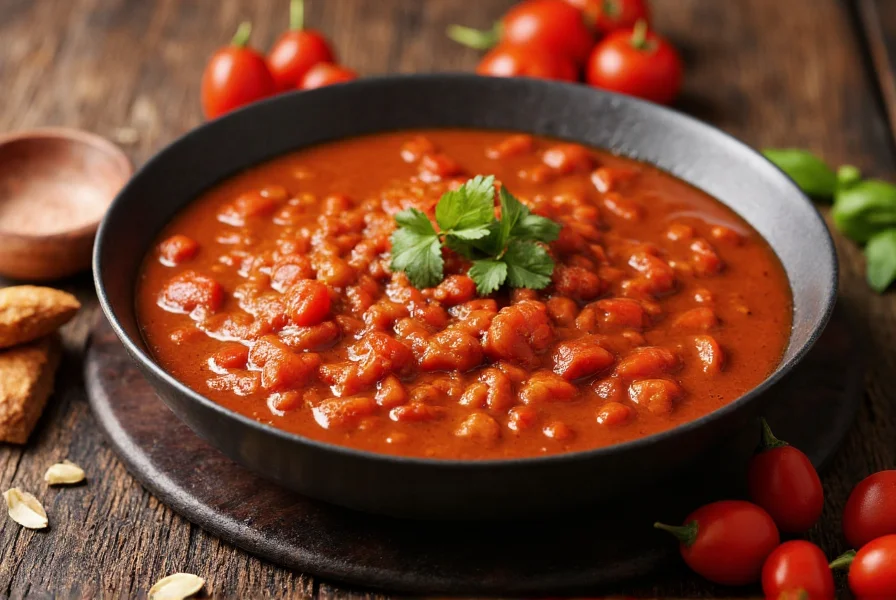Chili oil transforms ordinary meals into extraordinary culinary experiences with its complex flavor profile that balances heat, umami, and subtle sweetness. Unlike fresh chili peppers that deliver immediate heat, properly crafted chili oil develops nuanced flavors through the infusion process, creating a condiment that enhances rather than overwhelms dishes.
Understanding Chili Oil: More Than Just Heat
Chili oil represents one of the most versatile pantry staples in global cuisines. While many confuse it with simple hot sauce, authentic chili oil contains multiple flavor dimensions beyond mere spiciness. The traditional preparation involves carefully heating oil to extract flavors from dried chilies, then often adding supporting ingredients like Sichuan peppercorns, garlic, ginger, and star anise.
What distinguishes quality chili oil from inferior versions is the layering of flavors and controlled heat level. Premium varieties feature a gradual warmth that builds slowly rather than an immediate burn, allowing the nuanced flavors to shine through. The oil base—typically soybean, peanut, or sesame—also contributes significantly to the final product's character.
Regional Variations of Chili Oil
Chili oil manifests differently across culinary traditions, each with distinctive characteristics:
| Regional Type | Key Characteristics | Heat Level | Signature Ingredients |
|---|---|---|---|
| Sichuan Chili Oil | Numbing-spicy profile | High | Doubanjiang, Sichuan peppercorns |
| Lao Gan Ma | Crispy chili bits, fermented flavor | Moderate-High | Fermented black beans, chili flakes |
| Korean Chili Oil | Sweet-spicy balance | Moderate | Gochugaru, garlic, sugar |
| Chinese Chili Crisp | Crunchy texture, complex layers | Medium | Fried garlic, shallots, chili flakes |
How Chili Oil Is Made: The Science Behind the Flavor
The preparation method significantly impacts chili oil's quality. Traditional制作 involves multiple temperature stages:
- Cold infusion: Soaking dried chilies in room-temperature oil for several days to extract subtle flavors without bitterness
- Gradual heating: Slowly warming the oil to around 160-180°F (70-80°C) to release essential oils from the peppers
- Finishing infusion: Adding delicate ingredients like garlic or sesame at lower temperatures to preserve their aromatic compounds
Commercial producers often skip these careful temperature controls, resulting in harsh, one-dimensional heat. Artisanal producers understand that different compounds extract at different temperatures—some provide flavor while others create bitterness.
Practical Applications in Cooking
Understanding how to use chili oil properly separates casual users from culinary experts. Consider these professional applications:
- Finishing touch: Add just before serving to preserve volatile aromatic compounds that dissipate with prolonged cooking
- Dressing base: Combine with rice vinegar and soy sauce for instant Asian-inspired vinaigrettes
- Marinade enhancer: Incorporate into meat or vegetable marinades for depth without overwhelming heat
- Dipping sauce foundation: Mix with soy sauce, sesame oil, and a touch of honey for versatile dipping sauces
Professional chefs often maintain multiple chili oil varieties in their kitchens, selecting specific types based on the dish's requirements rather than using a single "hot" option for everything.
Storage and Shelf Life Considerations
Proper storage significantly extends chili oil's usability. Unlike many hot sauces, quality chili oil improves with age as flavors meld. However, certain ingredients affect shelf life:
- Oils with fresh ingredients (garlic, ginger) should be refrigerated and used within 2-3 weeks
- Pure chili-infused oils (without fresh components) can be stored at room temperature for 6-12 months
- Always use clean utensils to prevent contamination
- Store in dark glass containers to protect from light degradation
Signs of spoilage include rancid odors, mold growth, or significant separation that doesn't reincorporate with gentle shaking.
Substitutes When Chili Oil Isn't Available
While nothing perfectly replicates chili oil's complex profile, these alternatives work in specific situations:
- For heat only: Crushed red pepper flakes in neutral oil (use 1:4 ratio)
- For dipping sauces: Sriracha mixed with sesame oil (1:2 ratio)
- For marinades: Gochujang diluted with rice vinegar
- For noodle dishes: Chili garlic sauce with additional toasted sesame oil
Remember that substitutes address specific aspects of chili oil but rarely capture its full complexity. The best approach when unavailable is to make a quick infusion by heating mild oil with dried chilies for 10-15 minutes.
Common Questions About Chili Oil
What's the difference between chili oil and chili crisp?
Chili oil refers to a smooth, liquid condiment made by infusing oil with chili peppers. Chili crisp contains visible solid ingredients like fried garlic, onions, and chili flakes suspended in oil, creating both flavor and texture. While all chili crisps contain chili oil, not all chili oils qualify as crisps due to the absence of crunchy elements.
Can I make chili oil less spicy after it's prepared?
Yes, you can reduce spiciness by blending your chili oil with additional neutral oil (like canola or grapeseed) in a 1:1 ratio. For immediate heat reduction in a dish, add acid (rice vinegar or lime juice) or sweetness (honey or sugar) which counteracts capsaicin perception. Note that dilution affects flavor intensity, so you may need to adjust other seasonings accordingly.
Why does my homemade chili oil separate?
Separation occurs naturally in chili oil because oil and chili solids have different densities. This doesn't indicate spoilage. Simply shake gently before use to recombine. To minimize separation, ensure your dried chilies are completely dry before infusion, and consider adding a small amount of sesame oil (which has natural emulsifying properties) to your base oil. Commercial products often contain stabilizers that prevent separation.
Is chili oil healthy?
Chili oil contains capsaicin, which has demonstrated metabolic and anti-inflammatory benefits. The oil base provides healthy fats when using quality oils like peanut or sesame. However, it's calorie-dense (approximately 120 calories per tablespoon), so moderation is key. Artisanal versions without additives offer more health benefits than commercial varieties containing preservatives or excessive sodium.
What dishes work best with mild versus hot chili oil?
Mild chili oil enhances delicate dishes like steamed fish, congee, or vegetable stir-fries without overwhelming their natural flavors. Hot varieties shine in robust applications like mapo tofu, dan dan noodles, or as a dipping sauce for dumplings. Consider the dish's flavor profile—mild oils work well with subtle ingredients while hot oils complement strong flavors like fermented black beans or garlic.


Understanding chili oil's nuances transforms it from a simple hot condiment into a sophisticated culinary tool. By recognizing regional variations, proper usage techniques, and storage requirements, home cooks can elevate everyday meals with professional results. The best approach involves experimenting with different varieties to discover which profiles complement your favorite dishes.











 浙公网安备
33010002000092号
浙公网安备
33010002000092号 浙B2-20120091-4
浙B2-20120091-4